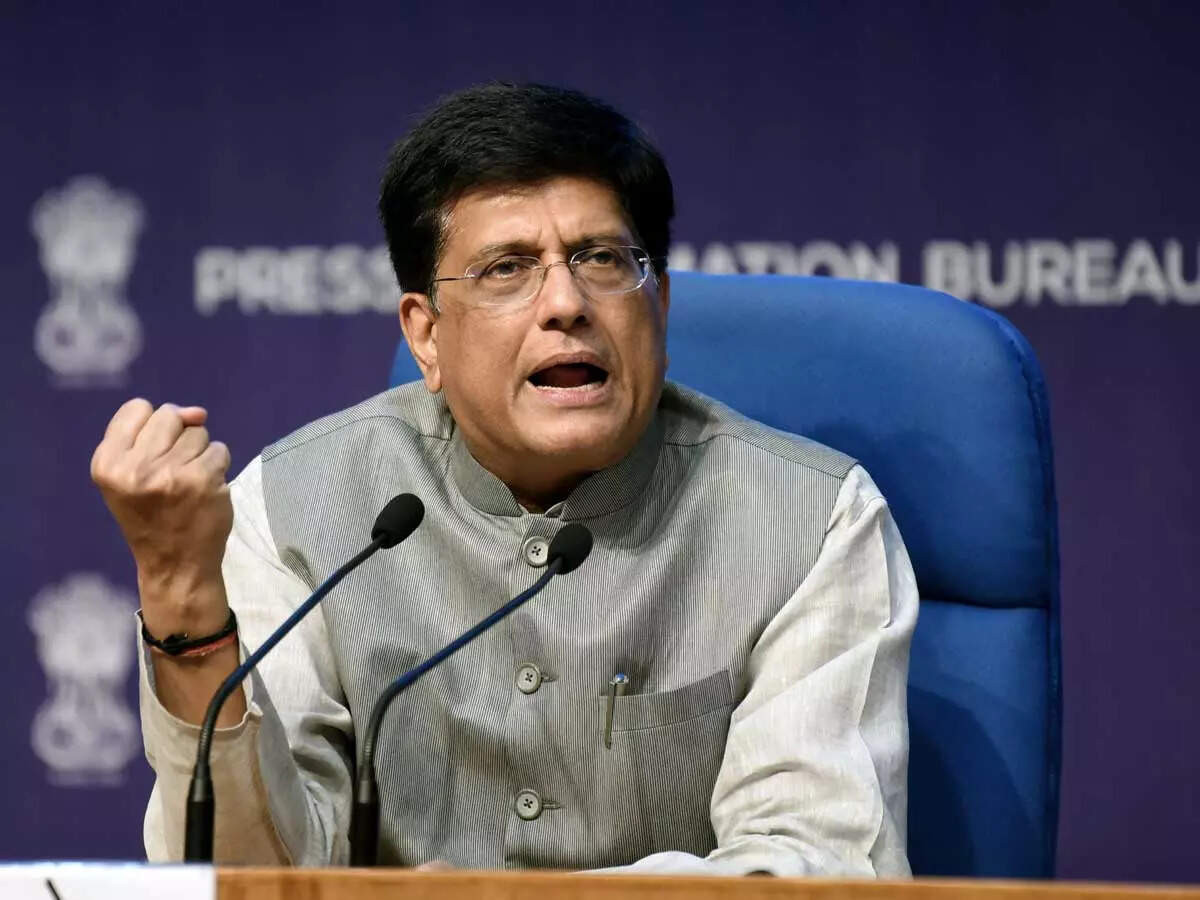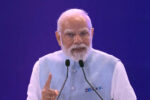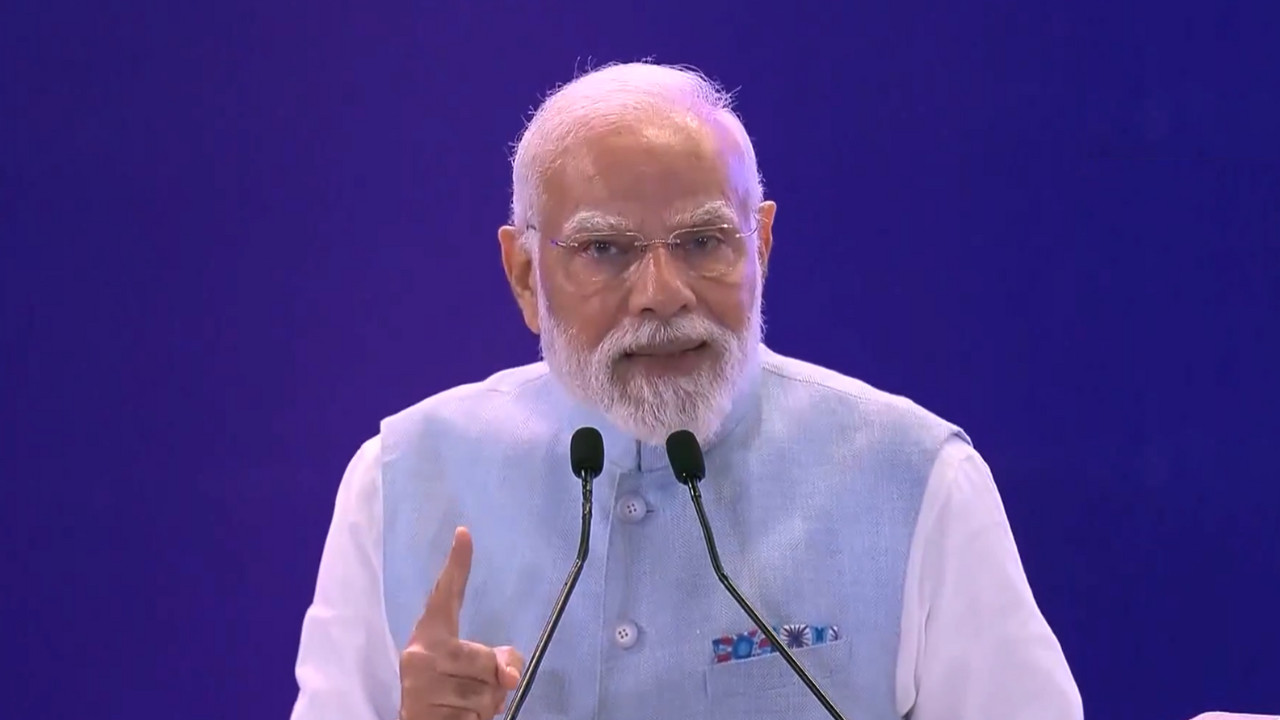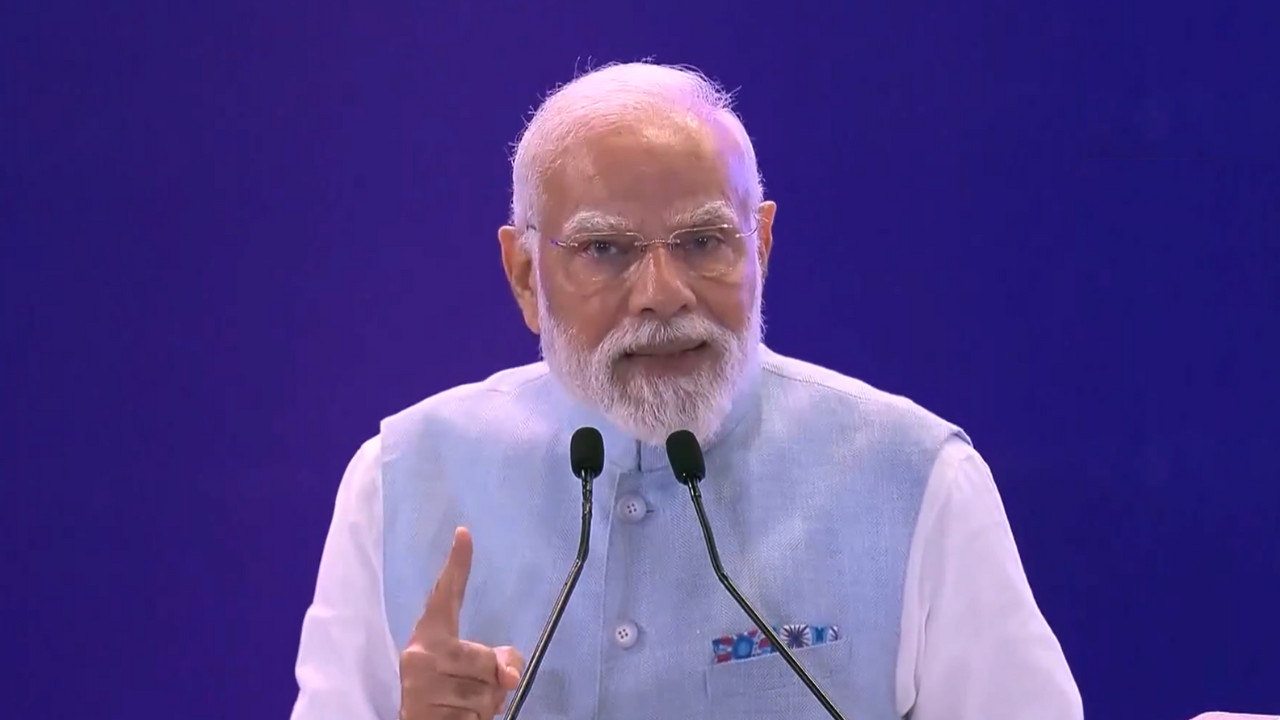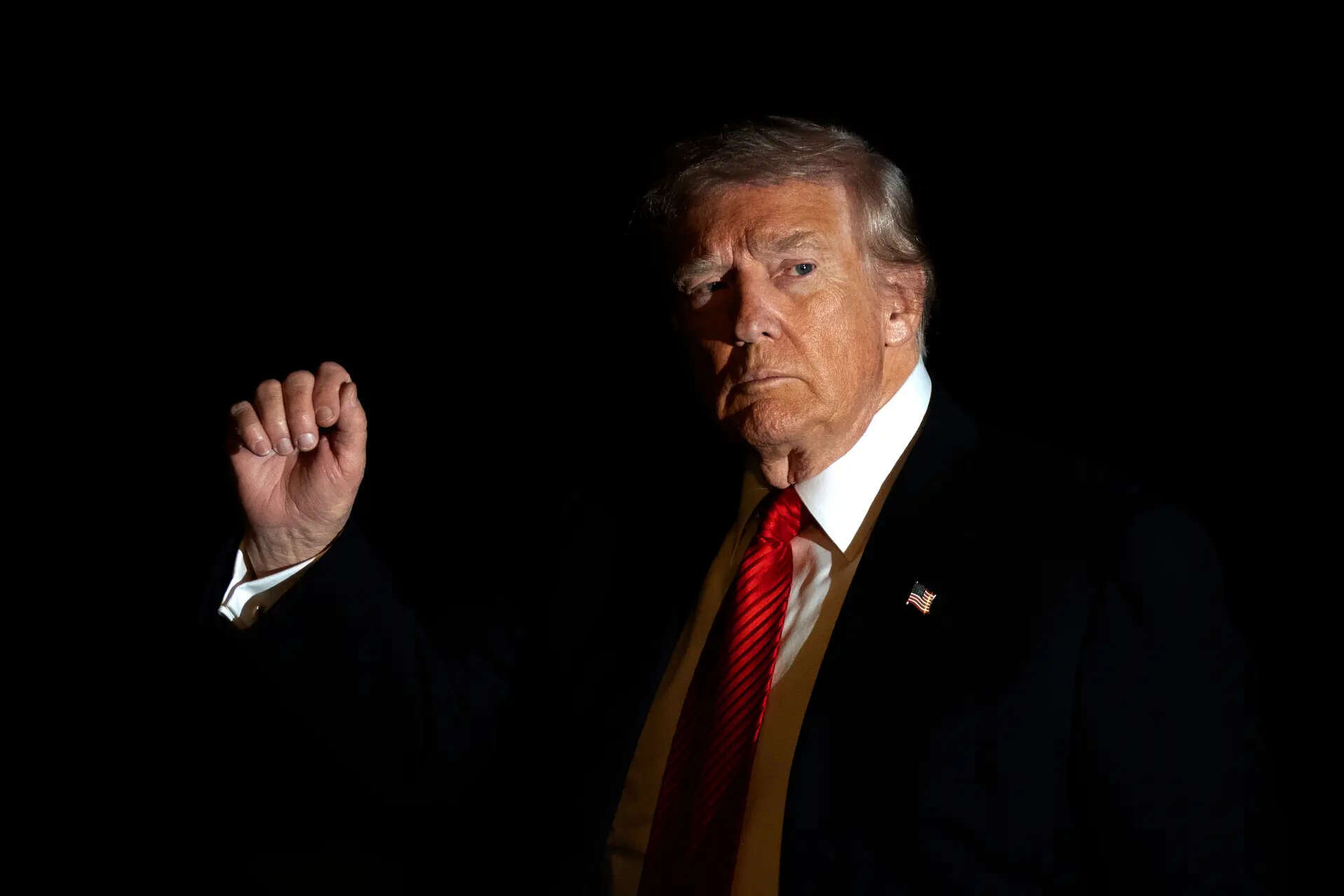India is actively engaged in free trade agreement (FTA) negotiations with key partners like the EU, US, Chile, and Peru, according to Commerce Minister Piyush Goyal. He emphasized the world’s interest in India as developed economies seek trade discussions.
Navigating the Global Bazaar: India’s Ambitious Free Trade Agreement Push
India’s playing a high-stakes game of global chess, and the chessboard is trade. Commerce Minister Piyush Goyal recently offered a peek behind the curtain of India’s whirlwind of Free Trade Agreement (FTA) negotiations, and it sounds like things are moving at warp speed. Forget leisurely chats over tea; we’re talking “subah se shaam” – dawn-till-dusk – dedication to forging new trade partnerships. But why this intense focus, and what’s at stake?
Why the FTA Frenzy? Unlocking India’s Economic Potential
India’s economic aspirations are no secret. A key component of achieving them is boosting exports, attracting foreign investment, and integrating deeper into global supply chains. FTAs act as powerful catalysts, dismantling trade barriers like tariffs and quotas. This, in turn, makes Indian goods more competitive in international markets and opens doors for domestic businesses to expand their reach. Think of it as leveling the playing field, giving Indian entrepreneurs a fairer shot at global success.
Goyal highlighted the flurry of activity, noting ongoing negotiations with a diverse array of partners, including the United States, Chile, and the European Union. Each negotiation presents unique challenges and opportunities, reflecting the different economic priorities and regulatory environments of each nation. The goal isn’t just to sign agreements; it’s to craft deals that genuinely benefit the Indian economy and its citizens.

The US, the EU, and Beyond: A Multifaceted Approach
The United States remains a crucial strategic partner, and restarting FTA talks after a hiatus is a significant move. A comprehensive trade agreement with the US could unlock vast opportunities for Indian businesses in sectors like technology, pharmaceuticals, and agriculture. Imagine streamlined access to the world’s largest economy – that’s the potential prize on the table.
Simultaneously, negotiations with the European Union are gathering momentum. A trade deal with the EU, a massive single market, could provide a significant boost to India’s manufacturing and service sectors. However, these talks are known to be complex, navigating issues like environmental standards, labor regulations, and intellectual property rights. Finding common ground will be critical for a successful outcome.
Beyond these heavyweights, India is also actively pursuing agreements with countries like Chile. These agreements, while perhaps less headline-grabbing, are crucial for diversifying India’s trade portfolio and strengthening its presence in key regions like Latin America. These South-South partnerships are often easier to cultivate due to more aligned geopolitical and economic goals.
What Makes These Negotiations So Intense?
The “subah se shaam” pace reflects the urgency and complexity of these negotiations. Trade agreements aren’t simple documents; they are intricate webs of commitments covering a vast range of issues. Each clause, each concession, and each compromise has the potential to impact various sectors of the Indian economy. Negotiators must carefully weigh the potential benefits against the potential risks, ensuring that the final agreement serves India’s long-term interests.
Furthermore, the global trade landscape is constantly evolving. Geopolitical tensions, technological disruptions, and shifting consumer preferences all add layers of complexity to the negotiations. India must be nimble and adaptable, able to respond to changing circumstances and seize new opportunities.
For instance, the rise of digital trade presents both opportunities and challenges. FTAs must address issues like data localization, cross-border data flows, and the protection of intellectual property in the digital realm. Striking the right balance between promoting innovation and safeguarding national interests is a key consideration. Related content on data privacy can be found [here](internal-link-to-data-privacy-article).
The Road Ahead: Patience, Persistence, and Strategic Vision
Securing beneficial free trade agreements is a marathon, not a sprint. The negotiating process can be protracted and demanding, requiring patience, persistence, and a clear strategic vision. India needs to prioritize its objectives, build consensus among stakeholders, and be prepared to make tough choices.
The ultimate success of these FTA efforts will depend on India’s ability to implement the agreements effectively. This requires streamlining customs procedures, investing in infrastructure, and providing support to businesses to help them take advantage of the new opportunities. Ultimately, signing the deals is only half the battle; capitalizing on them is where the real gains lie.
India’s ambitious pursuit of Free Trade Agreements is a bold statement of its intent to play a leading role in the global economy. While challenges undoubtedly remain, the potential rewards are substantial. By securing favorable trade deals, India can unlock its economic potential, create new jobs, and improve the lives of its citizens. The world is watching, and the stakes are high.
